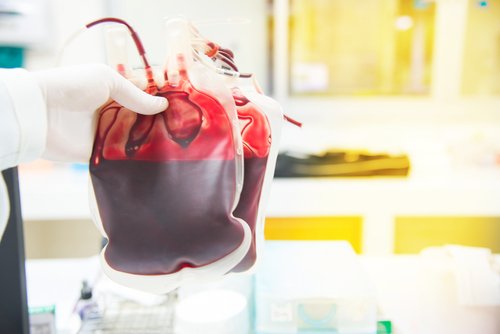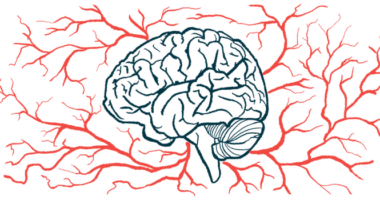New Guidelines for Managing Sickle Cell Disease Presented at ACP Internal Medicine Meeting

New guidelines for therapeutic strategies and pain management for sickle cell disease (SCD) should be considered by clinicians and healthcare teams, according to the author of a presentation made at the American College of Physicians (ACP) Internal Medicine Annual Meeting in San Diego.
Controlling all the symptoms of SCD is a great challenge and is crucial for patients. The presentation titled “Sickle Cell Disease: New Guidelines for Therapy,” presented by Jennifer Yu, MD, from the department of radiation oncology at Cleveland Clinic, provided an overview of some of the major concerns in SCD disease management and improving patient care.
Pain is one of the symptoms that has a major impact on a SCD patient’ s quality of life. According to the proposed new guidelines, patients with painful vaso-occlusive crisis (obstruction of vessels) should receive injections of opioids or pain medications to rapidly control the pain episodes. In addition, frequent reassessment of pain should be done to ensure pain medication prescription are adjusted correctly.
“Patients who receive scheduled around the clock pain medication via IV [directly in the blood stream] or oral opioids do better and have decreased duration in stay in the hospital, as well as decreased pain scores when compared to providing pain management on an as needed basis,” Yu said in a press release.
These patients could benefit from maintenance intravenous (IV) hydration to avoid over-hydrating while providing standard treatment to dilute sickle cells, she added. Also, other supportive therapies, such as therapists or complementary medicine, that can help manage acute pain crisis should be considered.
The only cure for SCD is bone marrow transplantation. However, this is a complex therapeutic approach with potential severe complications. Given that, the best therapy approach is the one that can modulate and manage the disease symptoms.
According to the author of this study, blood transfusions and treatment with hydroxyurea, such as Droxia and Hydrea, should be included as modifying therapies for SCD due to its beneficial effects for patients.
“If used in the right situation, blood transfusion can be life-saving,” Yu said. “The idea behind giving a blood transfusion for sickle cell disease is to change or modify the patient’s complications, give back normal red blood cells with normal hemoglobin and dilute out that hemoglobin S percentage.”
Hydroxyurea treatment may have similar therapeutic effects to blood transfusions. It is used to increase hemoglobin F levels to decrease hemolysis and inflammation, and improve tissue oxygenation in SCD patients. According to Yu, those who may benefit the most from hydroxyurea treatment are adults patients who have experienced three or more pain crises in one year, those with severe pain or anemia that interferes with their quality of life, and patients with severe or recurrent acute chest syndrome.
Despite the benefits of these therapeutic strategies, they can have associated complications and side effects that should be monitored closely.
“There are many trials going on right now, including the Gene Therapy trials, that are looking into other management techniques for acute pain crises and trying to reduce the amount of time that patients spend in the hospital. I hope that in a few years when we’re talking about therapies in sickle cell disease and new guidelines that we’re able to offer gene therapy. It is looking very promising,” she said.






